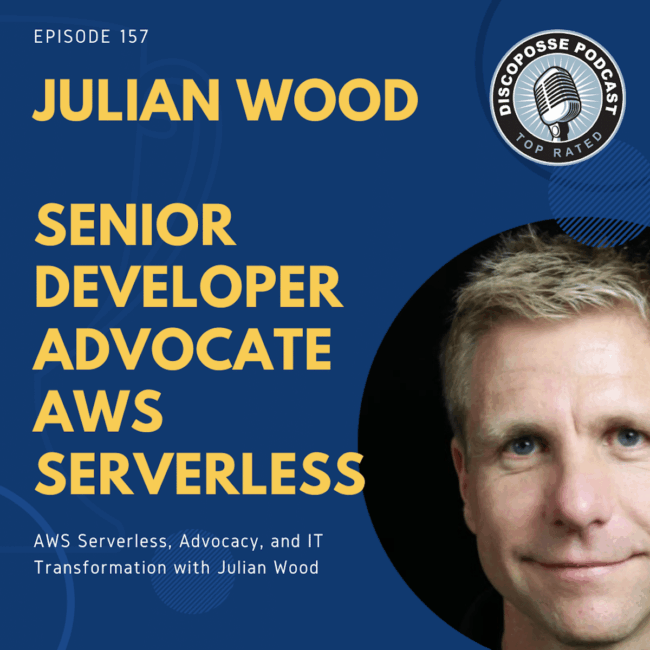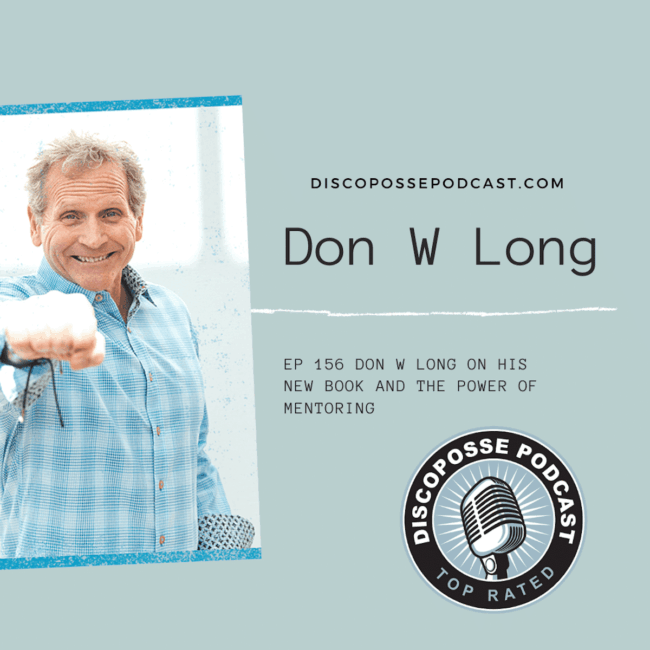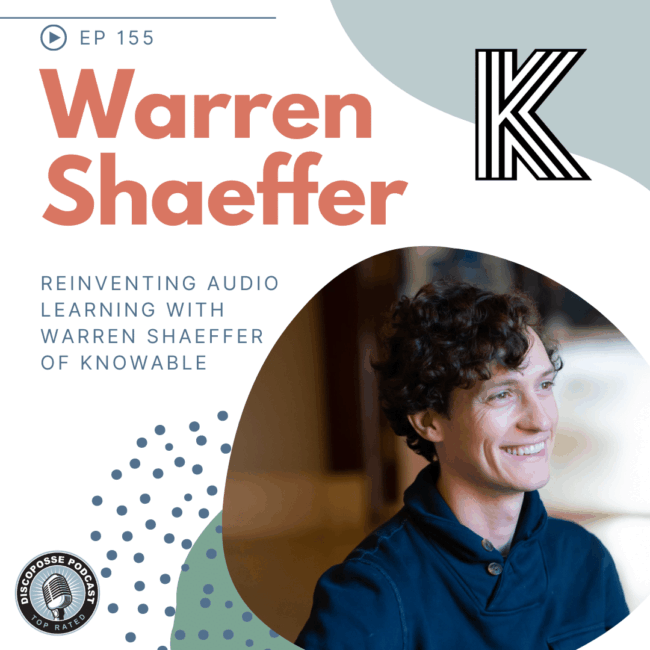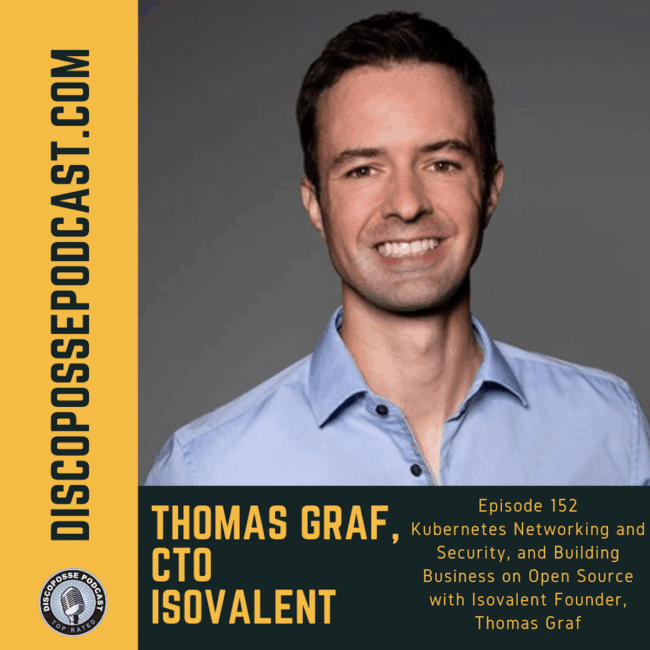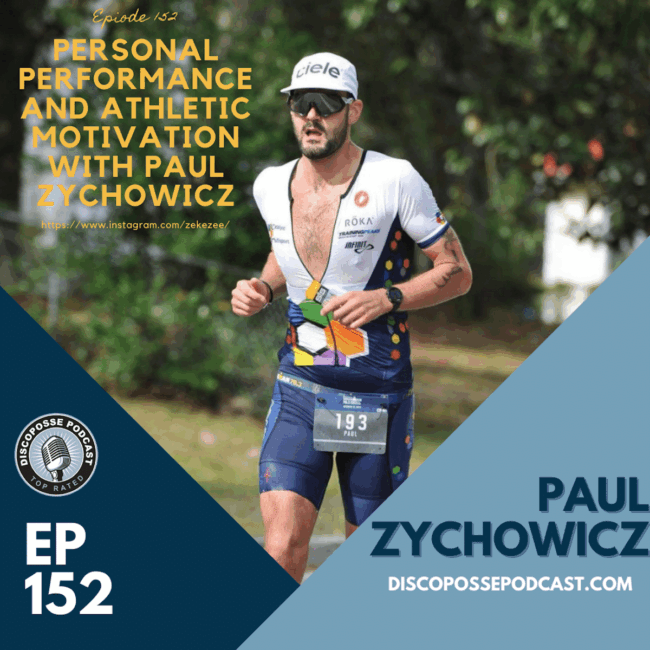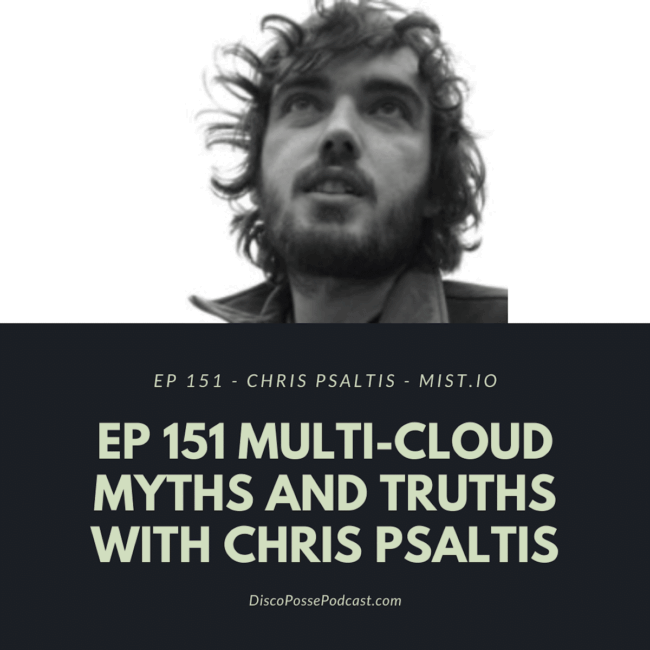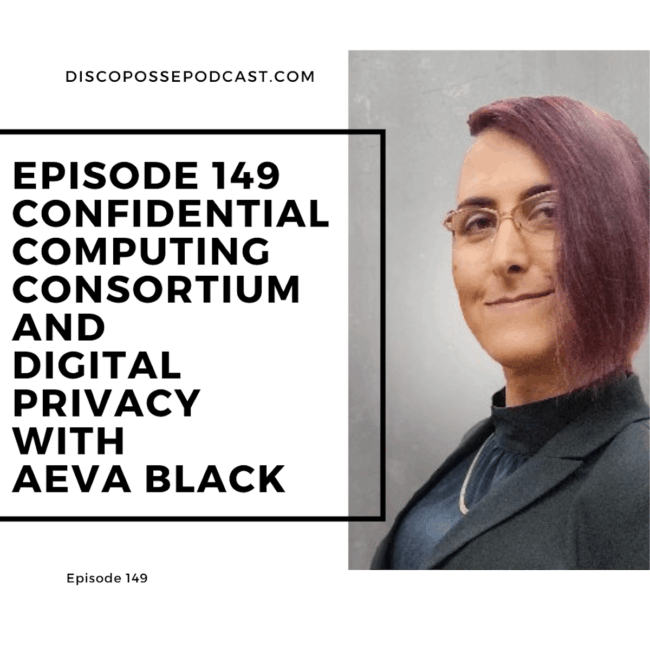Press Release: DiscoPosse Podcast is Your Latest Source for News on Tech and Startups
FOR IMMEDIATE RELEASE Mountain View, CA, February 22, 2021 – The DiscoPosse Podcast, a highly rated and popular startup and technology podcast, today announced the continued expansion of its syndication network with iHeartRadio. This marks another major milestone in the growth and popularity of the podcast which explores long-form discussions with startup founders, business and technology leaders,…

